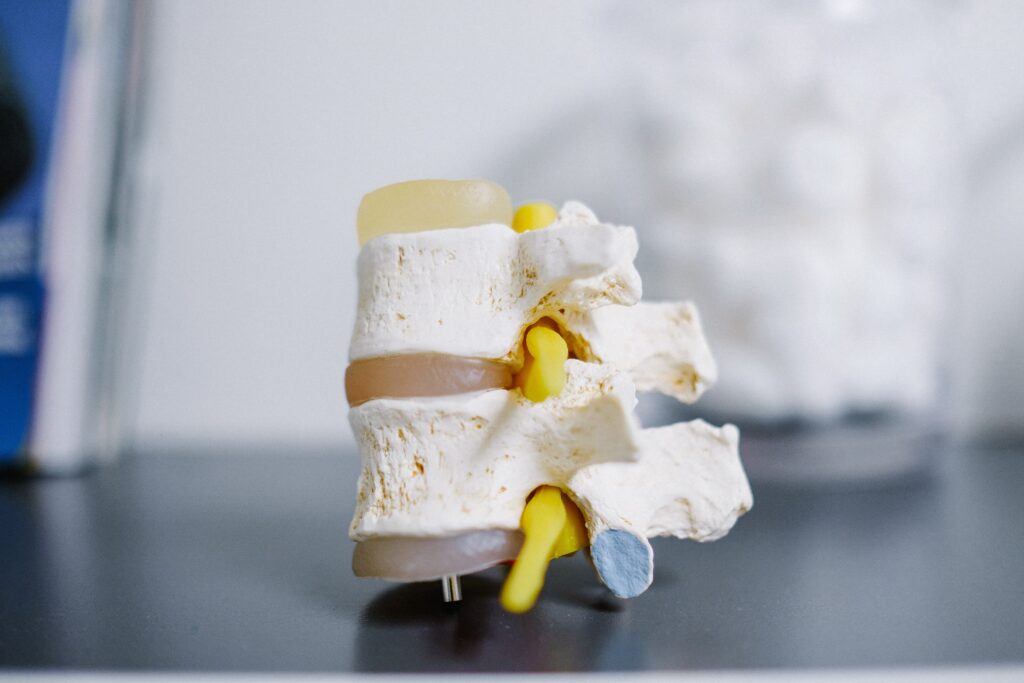A herniated disc, also known as a slipped or ruptured disc, occurs when the outer layer of a spinal disc ruptures and the inner gel-like material leaks out. This can put pressure on the nerves in the spinal column, causing pain and discomfort.
Herniated discs most commonly occur in the lower back (lumbar region) and neck (cervical region). They can also occur in the thoracic region, but this is less common.
The healing time for a herniated disc can vary depending on the individual case and the severity of the injury. In some cases, herniated discs can heal on their own without the need for treatment. However, in more severe cases, it can take several months to a year for the disc to fully heal.
Physical therapy is an effective treatment for herniated discs. A physical therapist can create a personalized exercise plan to help strengthen the muscles surrounding the affected area and reduce pressure on the herniated disc.
Some exercises that can help with a herniated disc include:
- McKenzie Extension: This exercise involves lying on your stomach and gently arching your back to take pressure off the affected disc.
- Hamstring Stretches: Tight hamstrings can contribute to lower back pain, so stretching them can help alleviate pressure on the herniated disc.
- Core Strengthening: Strengthening the core muscles can help take pressure off the lower back and support the spine.
- Gentle Aerobic Exercise: Low-impact exercises such as walking, cycling or swimming can help improve blood flow to the affected area and speed up healing.
- It’s important to note that it’s important to consult with a physical therapist or doctor before starting any exercise program. They can help determine the appropriate exercises and ensure that they are performed correctly to avoid further injury.
In some cases, a herniated disc may not respond to physical therapy and may require surgery. Surgery can be used to remove the herniated portion of the disc, relieve pressure on the nerve, and alleviate pain.
Overall, a herniated disc can take time to heal and may require a combination of treatments, including physical therapy, medication, and in some cases, surgery. It’s important to work closely with a healthcare professional to develop a treatment plan that is best for you.


